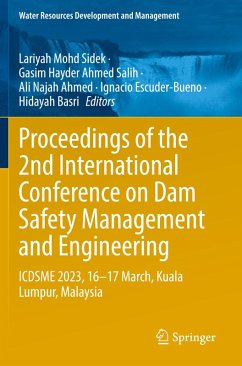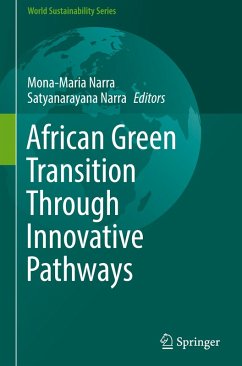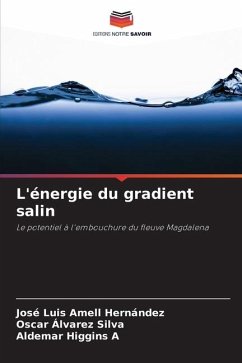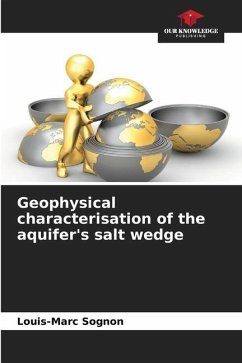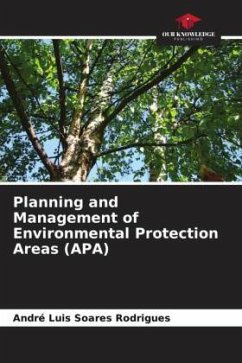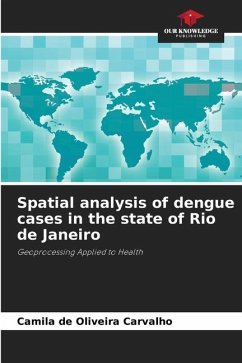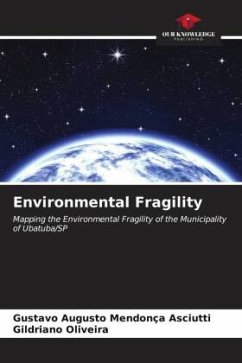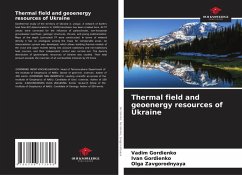
Salt Gradient Energy
The potential at the mouth of the Magdalena River
Versandkostenfrei!
Versandfertig in 6-10 Tagen
27,99 €
inkl. MwSt.

PAYBACK Punkte
14 °P sammeln!
Salt gradient energy (GSE) can be harnessed by the mixing of two water masses with different salt concentrations. River mouths are systems where this energy can be obtained since they offer a large amount of water resources and water masses with different salinity. Previous studies show that 23.6 TWh/a can be extracted from the mouth of the Magdalena River; however, this estimate needs to be refined due to the inter-annual and intra-annual variability of the salt wedge, as changes in NaCl concentration affect the net EGS potential; in addition, energy costs for transportation to the plant must...
Salt gradient energy (GSE) can be harnessed by the mixing of two water masses with different salt concentrations. River mouths are systems where this energy can be obtained since they offer a large amount of water resources and water masses with different salinity. Previous studies show that 23.6 TWh/a can be extracted from the mouth of the Magdalena River; however, this estimate needs to be refined due to the inter-annual and intra-annual variability of the salt wedge, as changes in NaCl concentration affect the net EGS potential; in addition, energy costs for transportation to the plant must be considered. The effect of salt wedge variability for EGS utilization was studied using simulation results from the MOHID hydrodynamic model. This study presents how to optimize the specific potential (SSP) of EGS. The ecological flow for the mouth of the Magdalena River, the design flow for the EGS generation plant and the extraction factor are also established.





